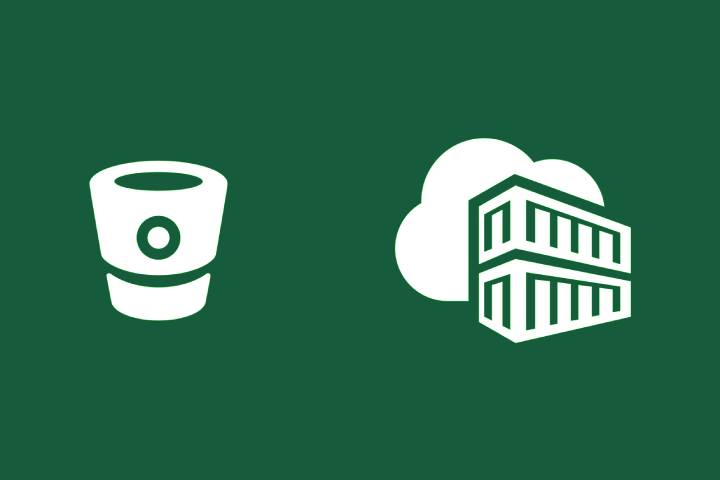Key Details You Should Know about the Container Registry and Its Main Benefits

Table of Contents
Introduction
The container registry provides a centralized location for your team to maintain Docker images, conduct vulnerability testing, and make decisions on fine-grained access control over who may access what. You can build completely automated Docker pipelines using existing CI/CD connectors, which enables you to collect feedback quickly.
The storing and retrieval of container image data is the purpose of a repository or set of repositories known as a container registry. The development of container-based applications may be supported by container registries, which are often included as part of DevOps procedures. Docker and Kubernetes are two examples of container orchestration tools that can connect to container registries directly.
Because they serve as a mediator for the transfer of container images across different computer systems, container registries help developers save important time during the construction and delivery of cloud-native applications.
How Do I Select the Right Container Registry?
When it comes to choosing a container registry, there is no shortage of alternatives available on the market, which may make the process of selecting one challenging. But before you go and choose one, there are certain fundamental questions you need to ask yourself first:
- Do I want to host extra artifacts in addition to the images of the container? Some container registries are compatible with additional file formats, such as those used by Java, Node.js, and even Python packages. On the other hand, there are those that only support photos inside containers.
- Do I need heightened levels of security? When you submit an image to the registry, only a few select container registries will do a vulnerability check for you. This is a function that is not widely available.
- Should I use an on-premises container registry or one that is hosted?
If you change your mind after deciding to move from one container to another, the process is not too difficult.
The Advantages of Container Registries
Utilizing container registries is associated with a variety of positive outcomes. Container registries may assist in enhancing the effectiveness and quality of software development projects in a variety of ways, including the management and monitoring of dependencies and the automation of processes.
-
Manage/Track Dependencies
One of the most important benefits of using a container registry is being able to handle and keep track of dependencies.
Keeping track of all of a system’s dependencies manually may be a very challenging and time-consuming task. This procedure may be made more automated with the aid of a container registry, which can automatically manage dependencies and provide an interface that is simple to use for managing them.
-
Reproducible Builds
Having the ability to make repeatable builds is another advantage of using a container registry. When working on development projects, it is sometimes required to make builds that are similar to those created in the past to guarantee compatibility and prevent mistakes. When there are a large number of distinct dependencies at play, this might prove to be a difficult task.
On the other hand, developers can construct builds that are identical to ones done in the past if they use a container registry. If there are any problems with compatibility or faults, it will not be difficult to replicate a build using this method.
-
Increased Productiveness
Last but not least, the use of a container registry may assist in making software development projects more productive. When it comes to putting out a new edition of the program, there are a great many distinct responsibilities that need to be fulfilled first.
For instance, a software developer may be required to deploy the program, perform tests, compile code, package dependencies, and so on. If these tasks are done automatically, developers may have to spend a lot less time and effort on them.
The provision of a straightforward user interface for the administration of containers is one of how a container registry may contribute to the automation of these processes. The amount of time and effort that developers need to put in may be reduced significantly as a result of this.
Conclusion
With the help of the container registry, you can manage images during their entire lifespan. It offers safe management of images, consistent development of image builds throughout all parts of the world and straightforward administration of image permissions. This service provides image management in many regions and makes it easier to create and maintain the image registry. Additionally, it streamlines the process.
Container registries, when used in conjunction with other cloud services such as container services, offer a solution that is optimized for employing Docker in the cloud.
